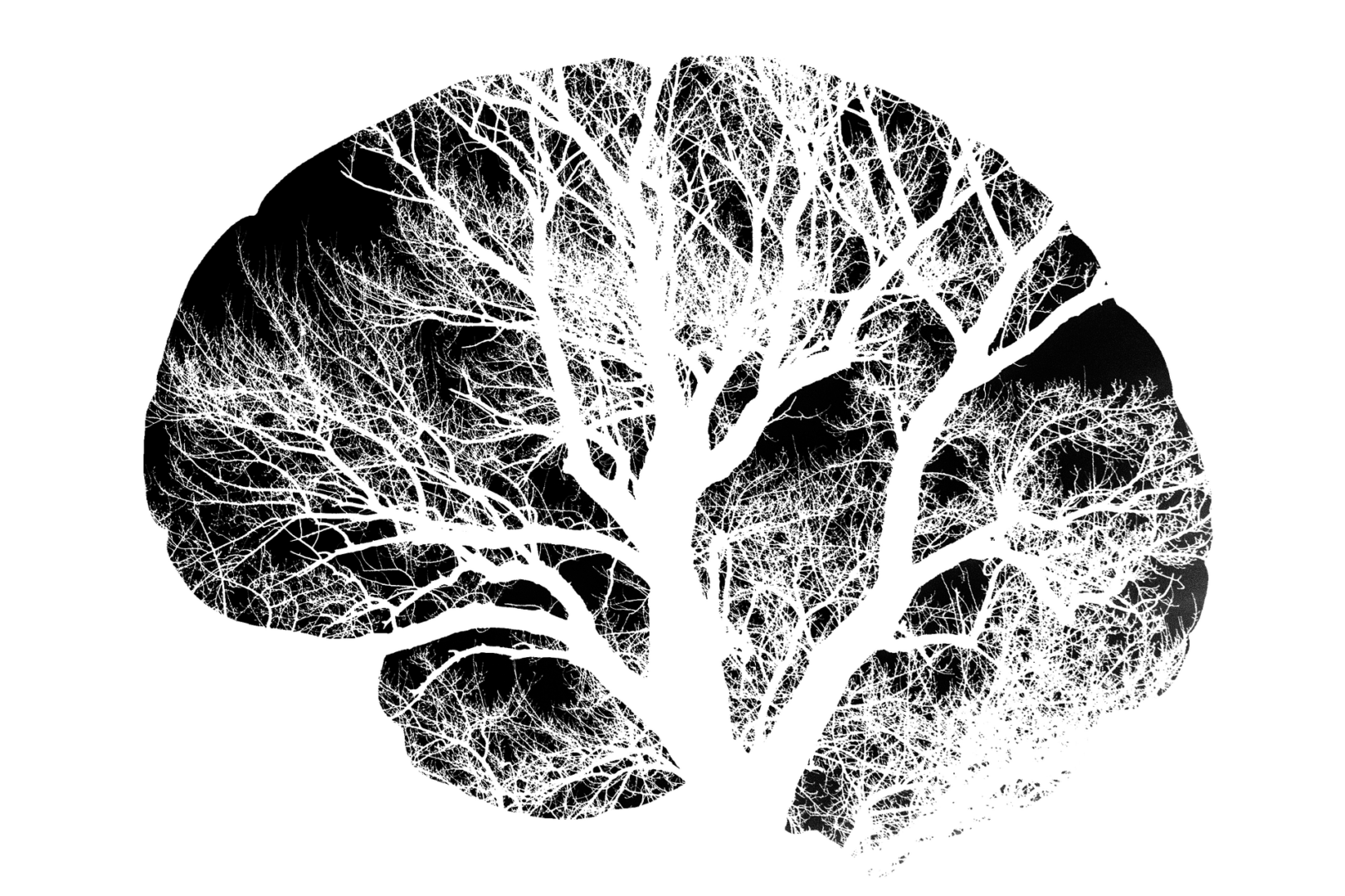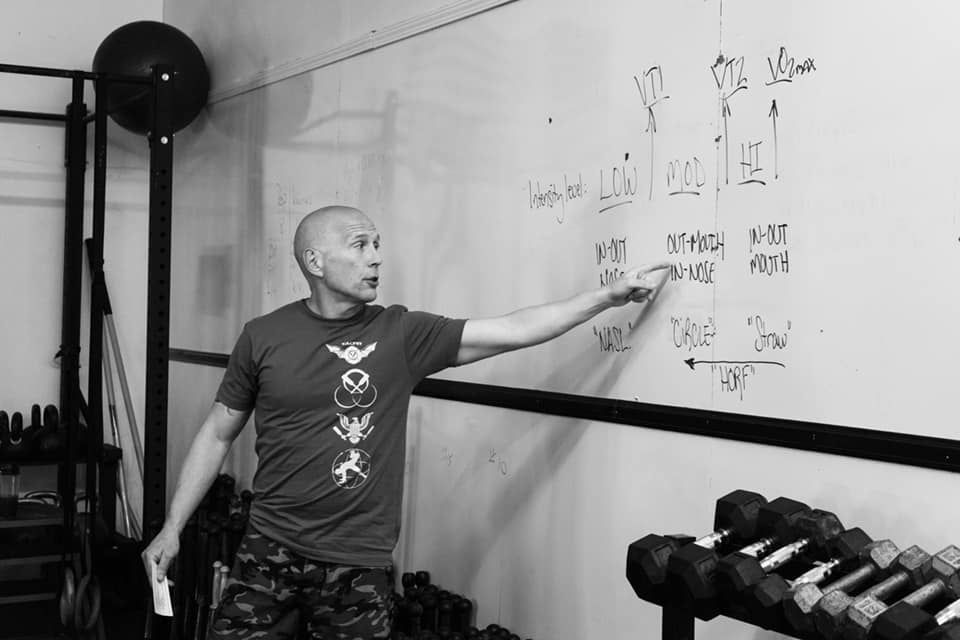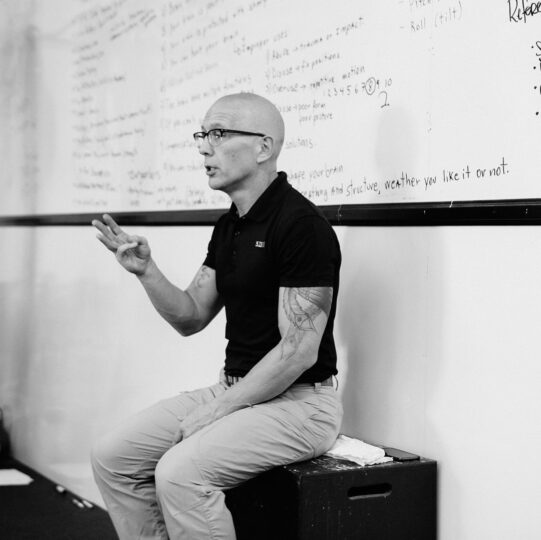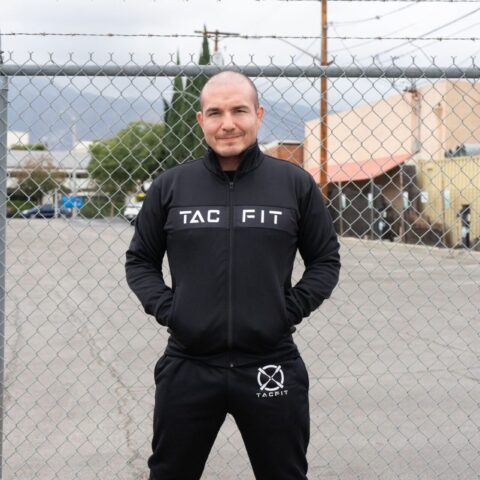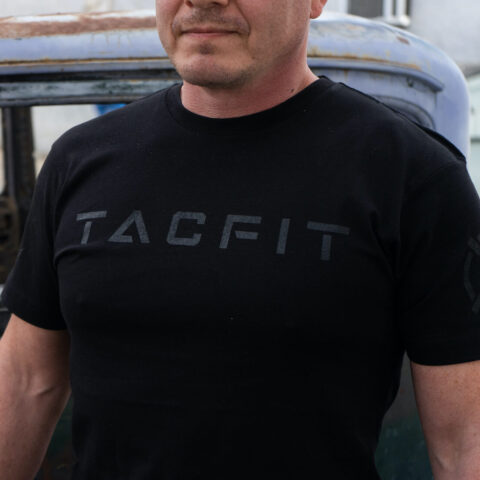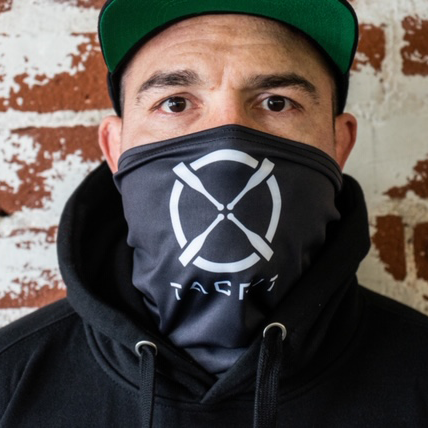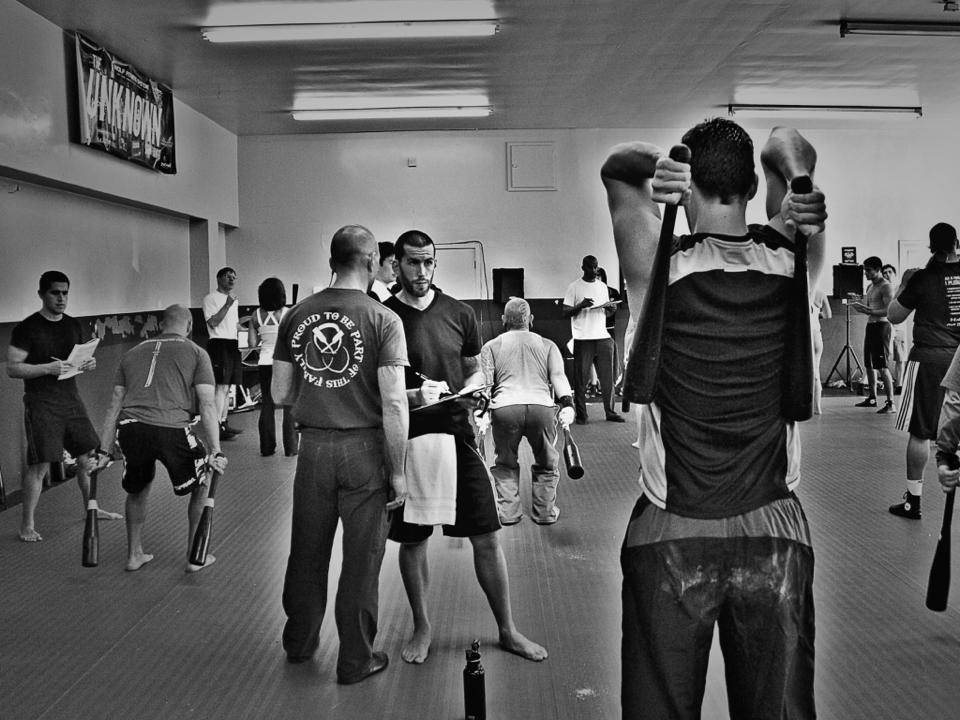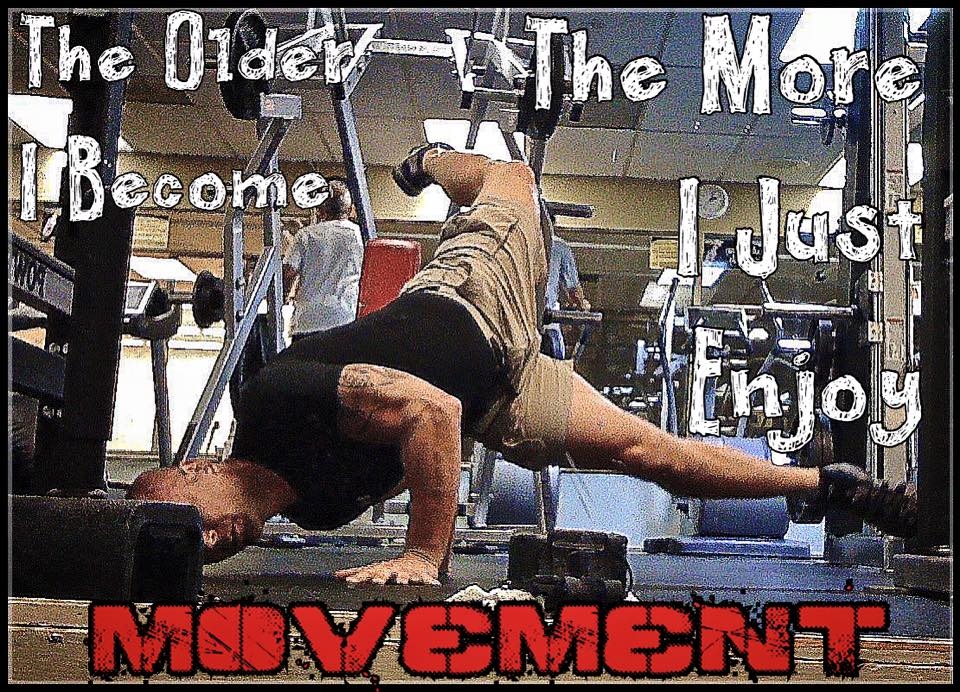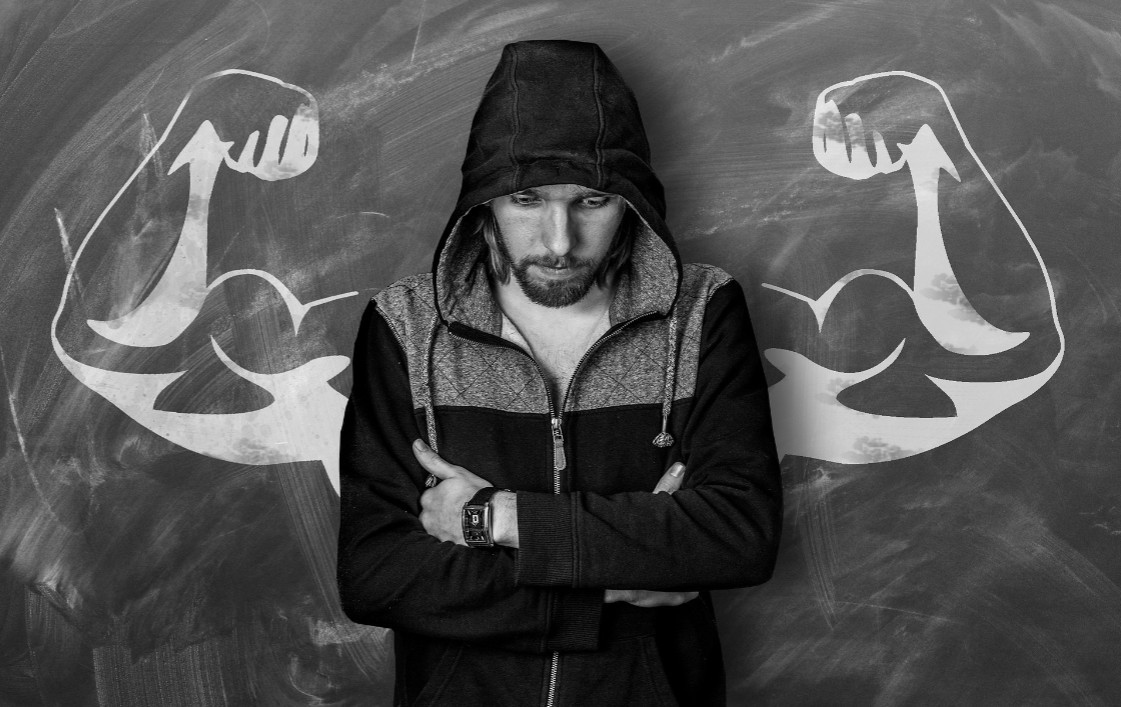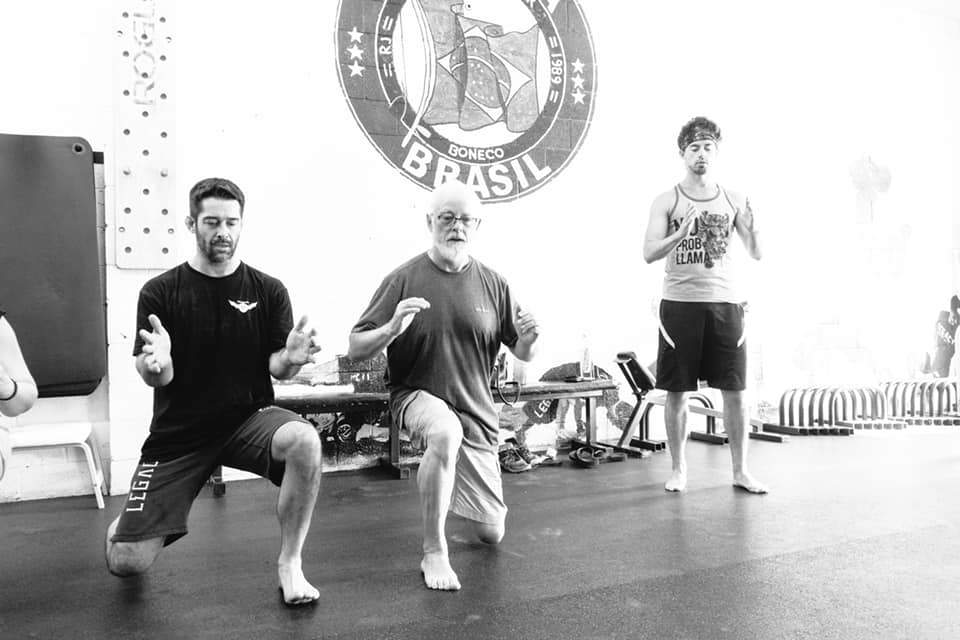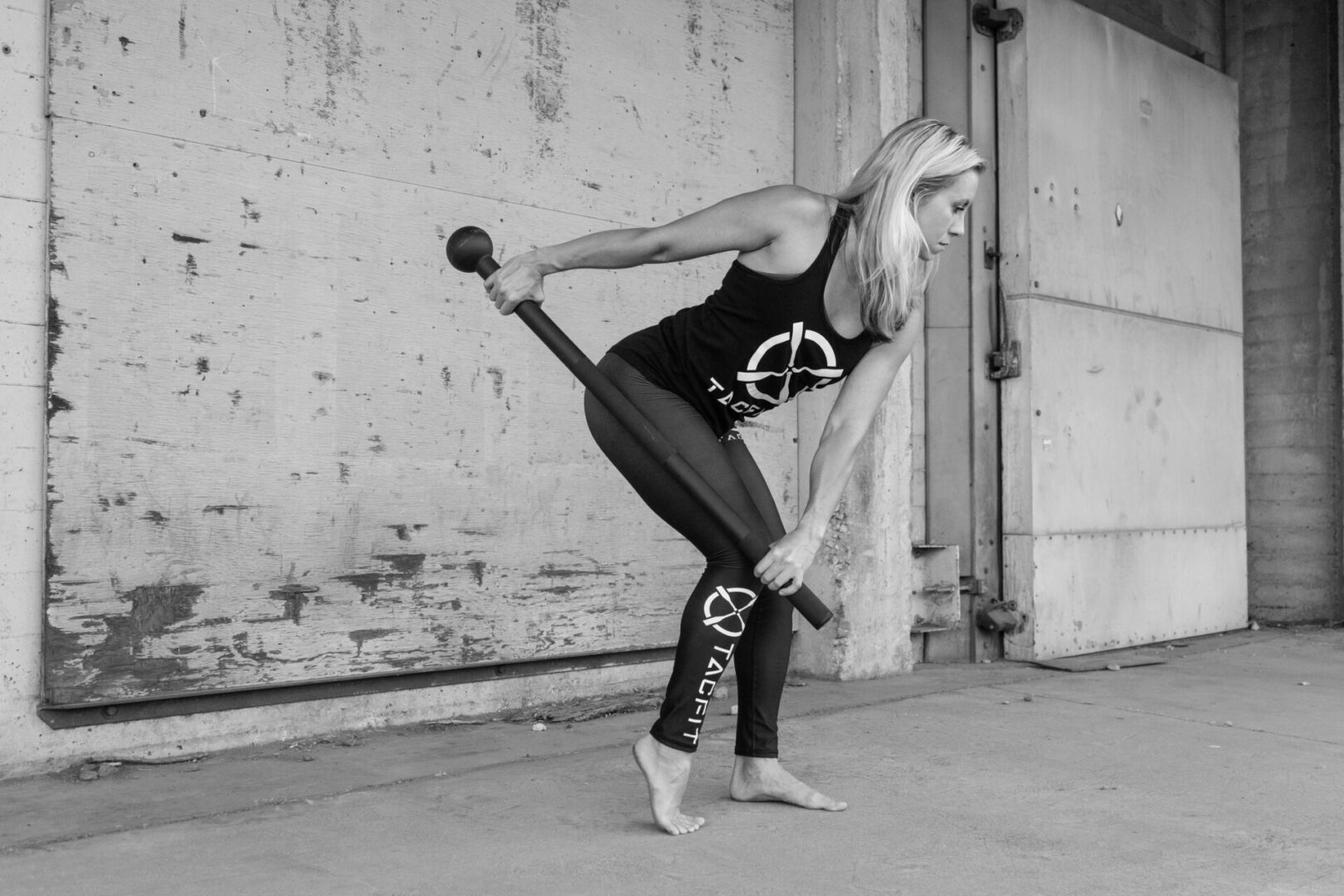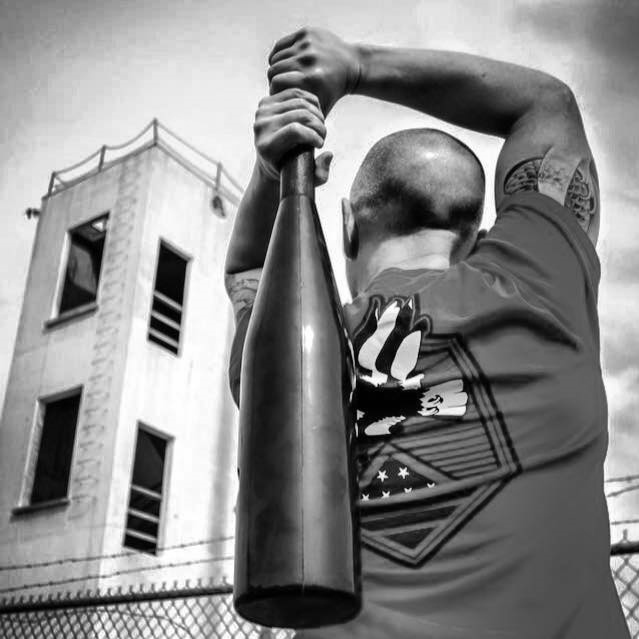Initially, you will view the best to mean: simple, inefficient (high effort) solutions to movement navigation problems. Vaulting over a fence is simpler than walking around to the gate, but requires effort and skill. These movements are simpler than the complicated behaviors of the unskilled (walking all the way around to the gate), but since they’re new, they require high muscular effort and demand higher cognitive attention.
Over time and practice, you begin to perform movement skills for their own sake, with an infatuation of your skill. You try to do ever more challenging variations. The current fitness fetish with movement looks like an Instagram debutante ball of amateur cirque performers and contortionists. At the level of expertise (but not yet mastery), your movement involves complex, inefficient solutions to problems (termed: complication), like performing a jumping front tuck to flip over the fence, instead of merely vaulting over it.
Finally, with age and experience, movement mastery evolves simple, efficient solutions to problems. The vault over the fence involves so little extraneous movement that it appears graceful and is experienced as effortlessness.
At my age, working with the very best athletes, surgeons, soldiers, pilots and agents, I define the best as those who have the simplest and most efficient solution to problems.
Why? Because they remain uninjured longer and thus get more practice than those who complicate solutions.
In neuroscience, we call skills: “neural assemblies.” The more you fire an assembly, the more branches it grows, the denser it becomes, and the more insulated it becomes (and thus, like any signal, the less cost, faster firing it grows).
But repetitive performance of a skill isn’t the only way to practice a skill. There are two other ways:
1.Cross-Referencing Neural Assemblies:
Because your brain is conservative, skills co-occupy portions of the same neural assembly. In other words, they share space, or portions of the same network, when they fire. Take a wrestler and place him in a jiujitsu match and his stance will remain like wrestling until he chooses to practice them differentiated.
But to the point, if the foundational elements of skills are the same, when you practice one skill, you’re refining the components of many skills who share the same assembly. If you’re practicing Judo, and your stance is always consistent, you perfect your stance with every throw that you practice.
This is the advantage of training in a system of motor education versus training in a collection of skill “variations.” When MMA first appeared in the early 90s, there were no systems to train in it, so development was slow compared to established systems of movement like Judo, Jiujitsu, Wrestling and Sambo. Today, systems of motor education have appeared, and although MMA is not one approach, there are developmentally consistent approaches to the movements; although MMA is still more vulnerable to poor programming than traditional systems.
The more widely disparate your skills are, the less total practice you perform. If there are no elements that are common, you’re not cross-referencing neural assemblies. For example, if when you strike, you use a boxing stance, kick – you use a kickboxing stance, grapple, you use a Judo stance, then there are three skills that must develop, rather than one. If you have a new stance which can be performed when boxing, kicking or grappling, then that stance receives three times as many rehearsals.
When you don’t practice a system whose foundational elements cross reference similar/same neural assemblies, you practice skills less, you develop more slowly, AND you suffer more overuse and misuse injuries (that result since less practiced skills have significantly greater injury rates).
People who dabble in many styles of movements cannot develop strongly and in a sustainable manner. They burnout frequently, are in pain and injured more often and with greater severity and never achieve personal mastery. You can identify them by the complication of their performances. Social media is full of these complicated movement acolytes who are all too willing to share with you their complicated movements which got them them injured and provided them with mediocre “success”.
Masterful practice involves a system of cross referencing simple and efficient skills. In motor science, this is alluded to as Virtuosity (common simplicity performed uncommonly well) and Elegance (graceful effortlessness).
Cross referencing neural assemblies allows you to develop virtuosity and elegance faster. There’s also another way…
2. Accurate, precise visualization
In addition to cross references skills in a system so that you “mass practice” it’s core competencies, you may accurately and precisely visualize a skill, not as a movie of someone else or yourself performing it (called disassociative visualization), but as first-person, through your own senses, what you see while performing it, what you feel in your hands and feet and through the changing pulls of gravity as you move across objects and space (called associative visualization).
Firstly, if you accurately and precisely visualize your skills, your brain cannot tell the difference between it and physical practice, because it must fire the neural assembly in the same way. You “mass practice” when you visualize.
Secondly, neuroscience shows that you decrease performance errors when you accurately and precisely visualize a skill before you subsequently execute the physical skill.
The more errors and deviations/variations you perform, the less you practice a common neural assembly. The less errors and deviation, the more you strengthen the same neural assembly. (And considering #1, the more you “mass practice” all of your core competencies).
Those who poorly practice versus those who masterfully practice can be concisely differentiated as: those who want to “do their best” at whatever they’re doing, versus those who strive “be better” at everything they do. The expert wants to be a better boxing when striking, a better kickboxer when kicking and a better wrestler when grappling. The masterful learner wants to be better at MMA, and so the must build consistently across all of the common core competencies of movement in the system.
Whatever your activity, you can try to do better at “it”, but inevitably, it’s your brain that learns and plastically changes (or doesn’t) because of who you “are”.
Everything you do is performed by the same brain, the more elegant and virtuous your brain becomes, the better you become whenever you move. So my advise to you is: don’t just go out there and try out whatever looks cool, as it’s probably over-complicated and high-cost.
Instead, practice a system of movement that lets you mass practice the foundational components of all movement, so that you become better at everything you do, and every way you move.
Don’t just do it. Be it!
Very Respectfully,
Scott B. Sonnon

